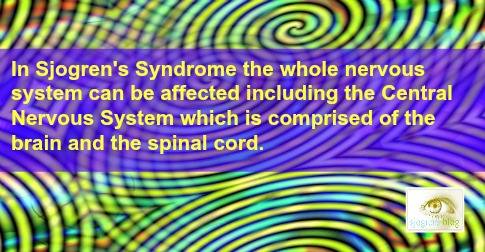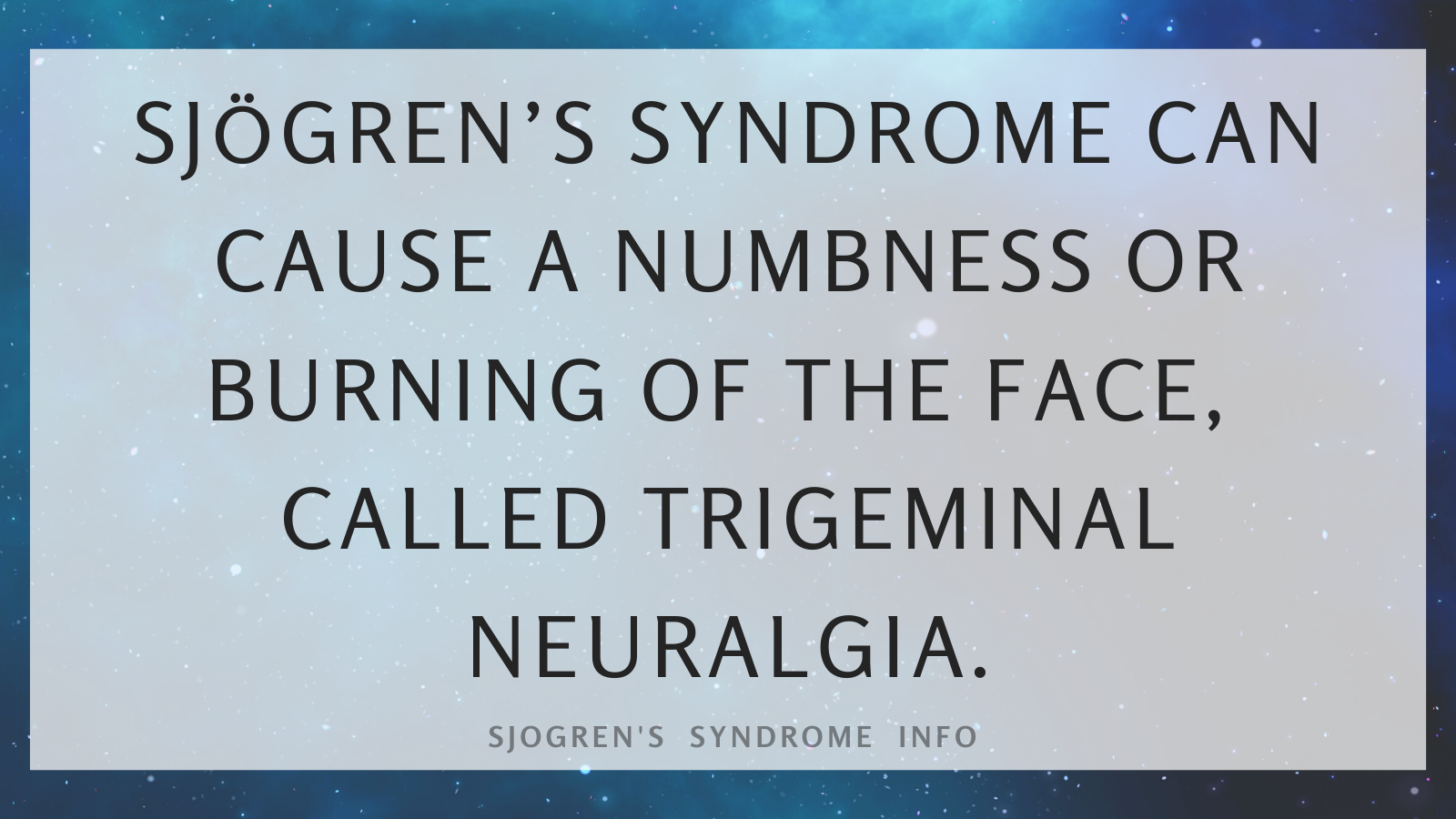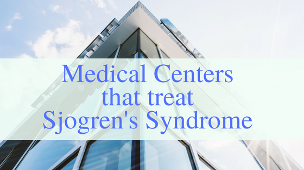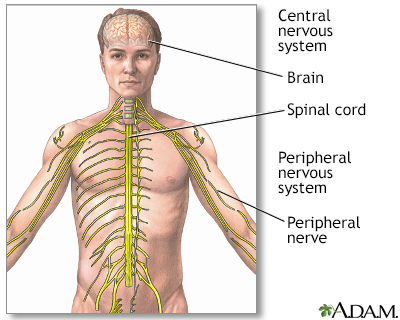NEUROLOGICAL SYMPTOMS in SJOGREN'S SYNDROME (SS) The involvement of the nerves and nervous system.
Neurological involvement in Sjögren syndrome
Dr. Tilman Hottenrott Doctor, University Hospital Freiburg, Department of Neurology and Neurophysiology. Talk on Saturday, March 17, 2018 in Freiburg, Germany.
The good news in advance: Nervous system involvement is only in 10-20% of those affected with Sjogren's. In this case, the peripheral nerves are affected more frequently than the central nervous system.
The symptoms are often already noticeable before the diagnosis is made and can be expressed by pain in the feet, arms and hands, tingling and numbness, ants running and burning of the skin. The regulation of blood pressure when getting up and standing for a long time may get worse. The pupils of the eyes may contract more than is normal. Gait insecurity and discomfort are other symptoms
.
Only 1-5% of patients complain of central nervous system symptoms. These can manifest themselves in cognitive disorders, epileptic seizures and inflammation of the muscles or spinal cord.
These symptoms need to be clarified and differentiated from other conditions that can cause these symptoms as well.
Articles on Neurological Symptoms



